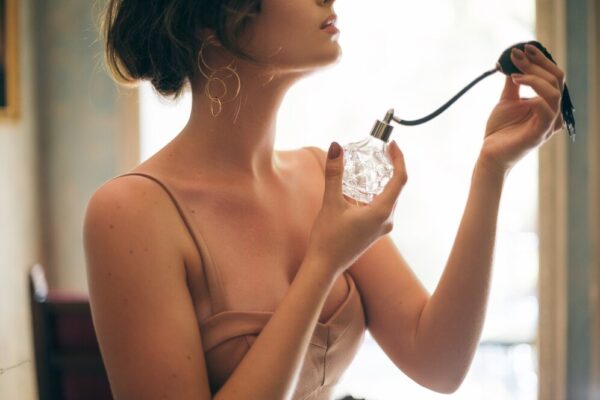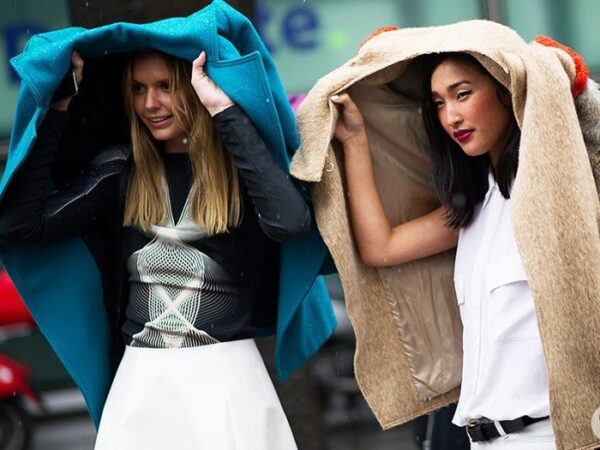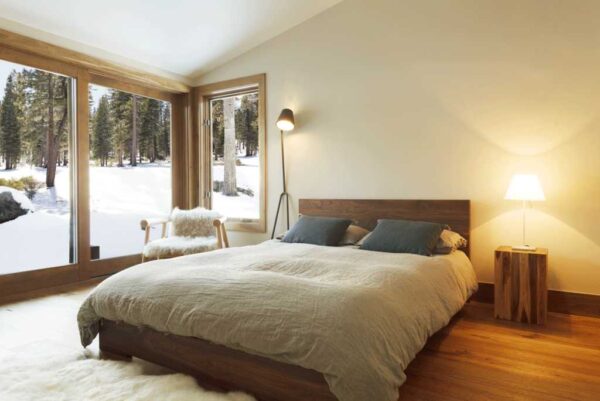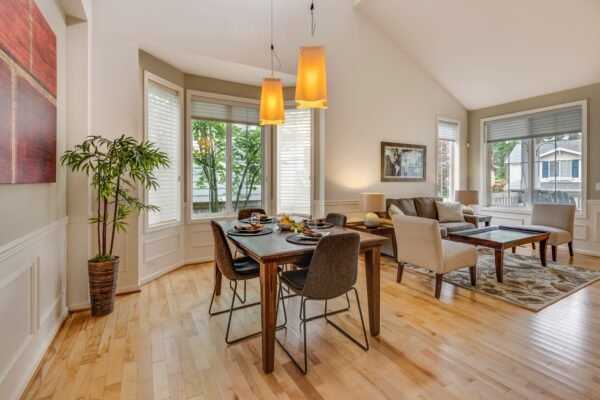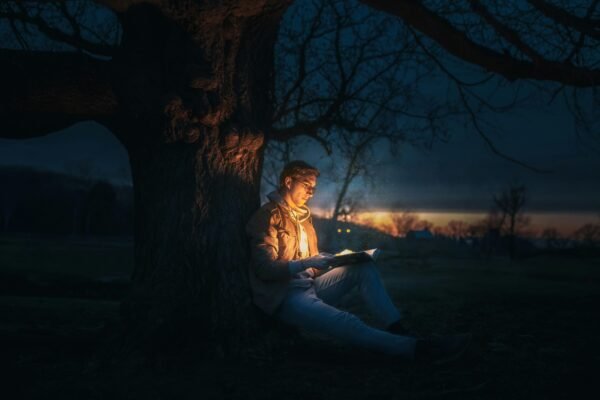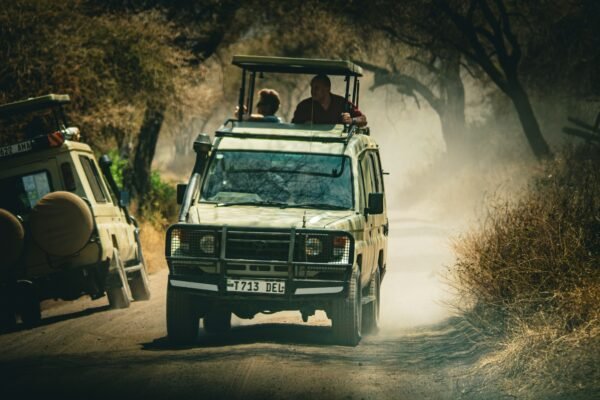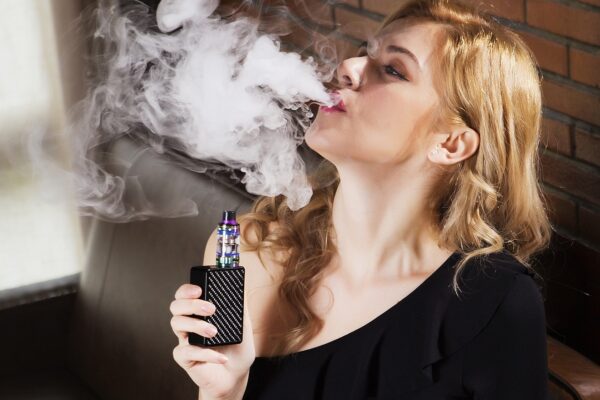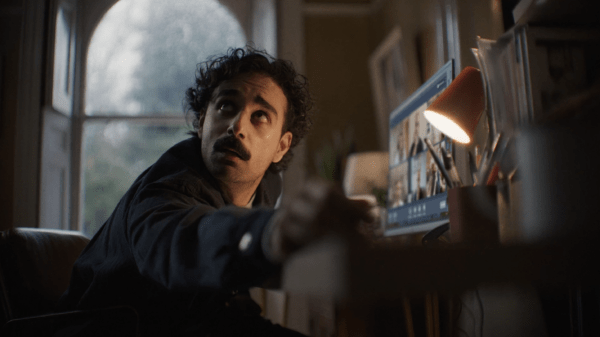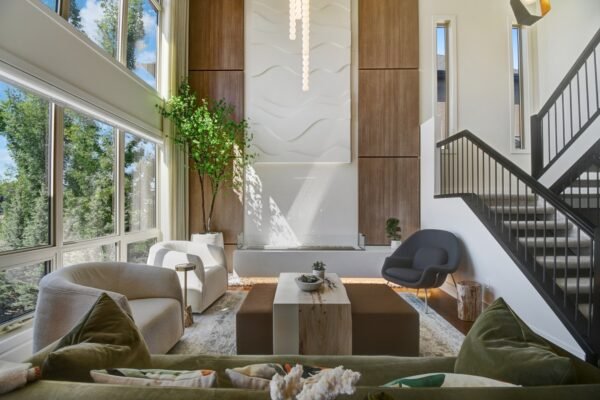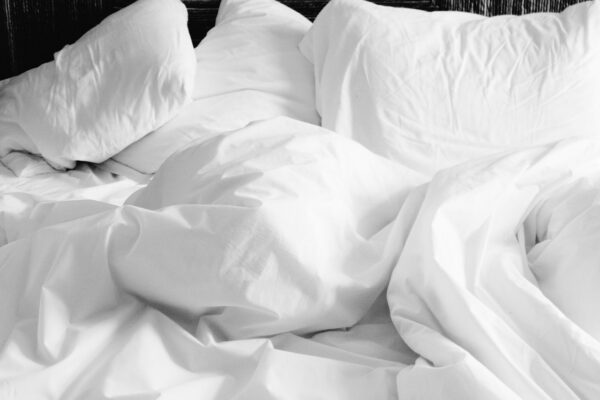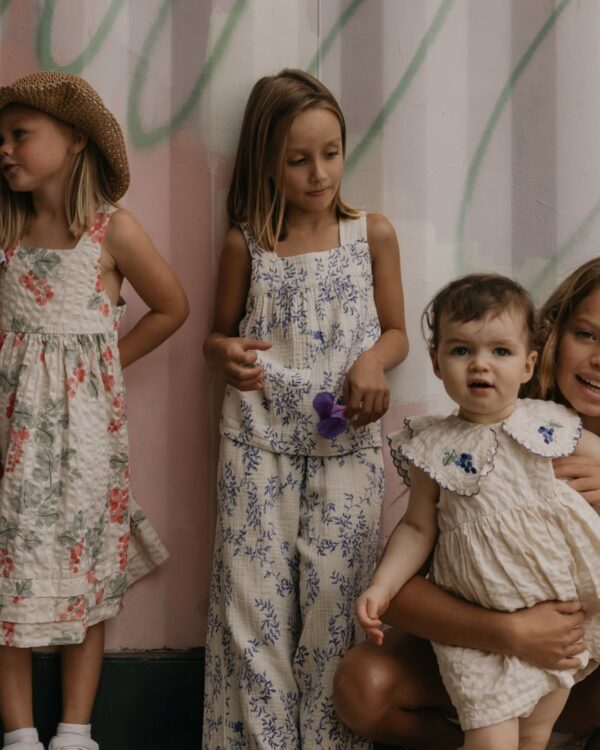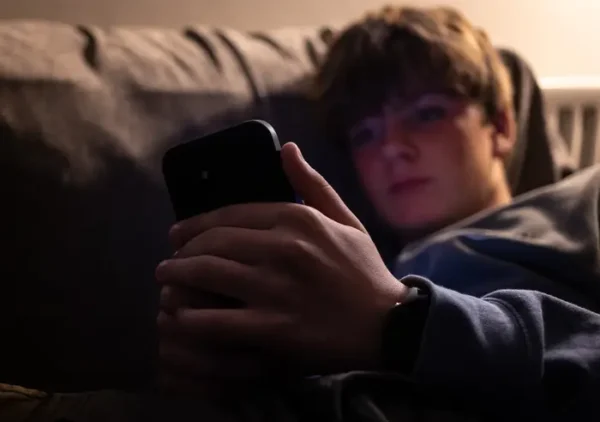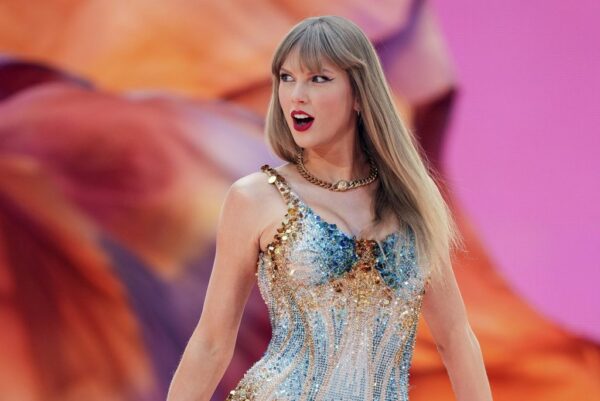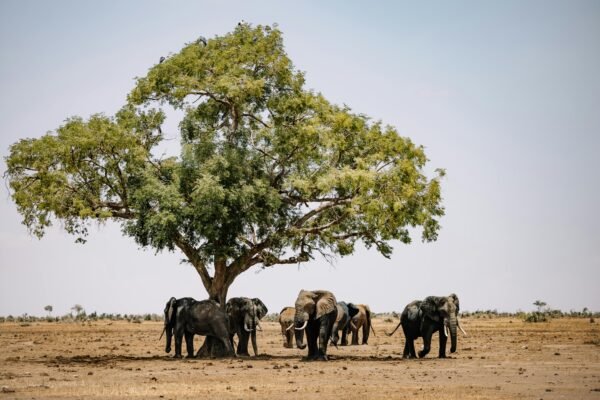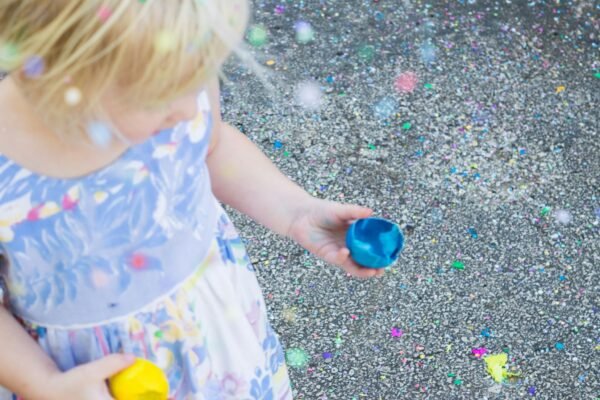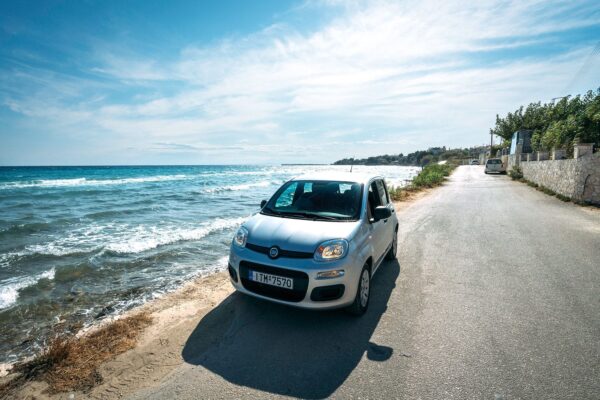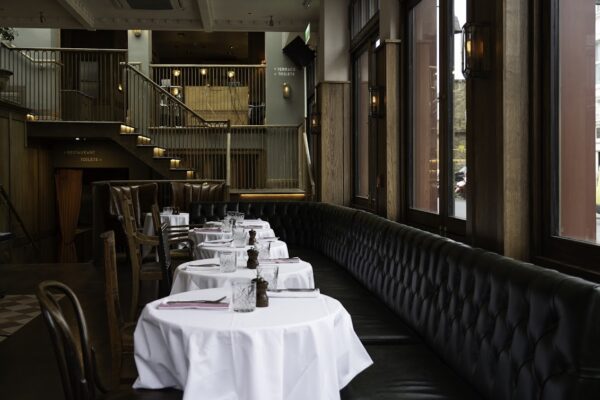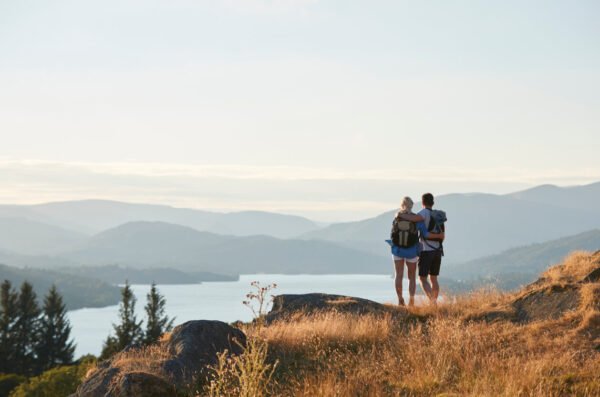
Holidaymakers Warned Not to Take Photos of These Popular Tourist Attractions
People take as many as 54,000 photos every second, and travellers are certainly not exempt from this statistic.
Although getting that perfect shot for your Instagram is always a plus, it’s not always possible to do so everywhere you go.
As we’re gearing up for our summer holidays, new data was released from photography retailer Jessops revealing the 5 places around the world where photography is restricted – some of these locations might surprise you!
1. Taj Mahal, India

The Taj Mahal serves as the final resting place for Mumtaz Mahal and Shah Jahan, the Mughal emperor who commissioned this architectural marvel in memory of his beloved wife. Given its sacred purpose, photography inside is considered extremely disrespectful.
Banning photography also helps protect the delicate inlays and intricate artwork inside from potential damage caused by flash photography and excessive light exposure.
2. Westminster Abbey, London

Photography is restricted in certain areas of Westminster Abbey, including the Shrine of St Edward the Confessor, St Faith’s Chapel, and The Queen’s Diamond Jubilee Galleries. These areas hold significant historical and spiritual importance and are places for reflection and prayer. To preserve this tranquillity, photography is not allowed within these sacred spaces.
However, you are free to photograph many other parts of the Abbey and its surroundings to capture its historic beauty.
3. The Eiffel Tower, Paris

Due to copyright laws, photographing one of the world’s most iconic landmarks, the Eiffel Tower, at night is technically illegal.
Capturing the Eiffel Tower during the day is perfectly legal since the copyright on the structure itself has expired. However, at night, the tower is lit by a dazzling light show designed by Pierre Bideau in 1985, which changes the situation. This is because the light show is considered a separate artistic work, and under European Union copyright law, such works are protected for the lifetime of the creator plus 70 years after their death. Since Bideau passed away in 2021, the copyright for the light show will extend well into the future, until the year 2091, to be exact.
4. The Sistine Chapel, Italy

Visitors to the Sistine Chapel in Vatican City need to follow a few rules, including dressing modestly, covering their shoulders and knees. This dress code helps maintain a respectful environment in this holy place.
Taking photos or videos is also a no-go. This isn’t just to keep the art safe from camera flashes, but there’s a backstory too.
In the 1980s, the Vatican faced a hefty bill to restore Michelangelo’s artwork within the chapel. To cover the costs, they made a deal with a broadcasting company, Nippon TV, granting them exclusive rights to photograph and film the newly restored art in exchange for a significant sponsorship.
This arrangement was supposed to last only three years after each piece was restored. However, even after the deal expired, the ban on photography remained.
5. Uluru-Kata Tjuta National Park, Australia

Uluru-Kata Tjuta National Park is a place of ancient wonders, most notably its iconic monoliths: Uluru and Kata Tjuta.
While photography is generally welcome in the park, there are sacred areas around Uluru and parts of Kata Tjuta where taking photos is restricted. There’s no need to worry about where you can and can’t take images – these sites are clearly labelled with signs. However, commercial photography without a permit and drones are banned altogether.











